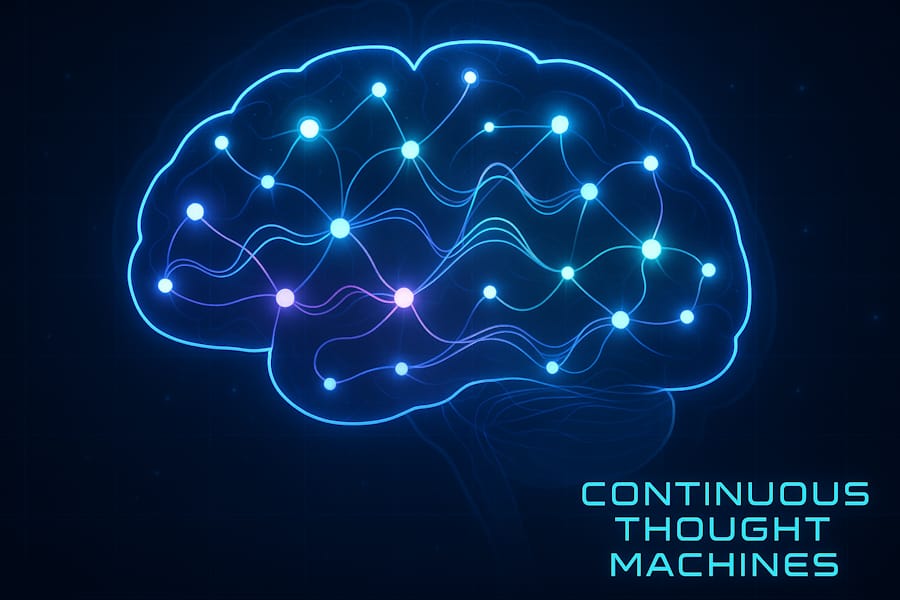The Dawn of On-Device AI: Implications of Running Large Language Models on Personal Devices.

Publish Date: Last Updated: 10th February 2025
Author: nick smith- With the help of CHATGPT
Live Science Reports that Large language models can be squeezed onto your phone — rather than needing 1000s of servers to run — after breakthrough.
Running massive AI models locally on smartphones or laptops may be possible after a new compression algorithm trims down their size — meaning your data never leaves your device. The catch is that it might drain your battery in an hour.
The Dawn of On-Device AI: Implications of Running Large Language Models on Personal Devices.
Recent breakthroughs in artificial intelligence have made it possible for large language models (LLMs) to run on personal devices like smartphones and laptops, rather than relying on thousands of servers in data centers. This monumental shift has profound implications for privacy, accessibility, efficiency, and the democratization of AI technology. In this article, we will explore the potential impacts of this advancement and what it means for both consumers and the tech industry.
Implications of On-Device Large Language Models
1. Enhanced Privacy
Running AI models locally on personal devices ensures that user data does not need to be sent to external servers for processing. This reduces the risk of data breaches and offers users greater control over their personal information.
- Data Sovereignty: Users maintain ownership of their data, which is processed and stored locally.
- Reduced Surveillance Risks: Minimizes the potential for unauthorized access or surveillance by third parties.
2. Improved Accessibility
By eliminating the need for constant internet connectivity, AI services become more accessible to users in areas with limited or unreliable internet access.
- Offline Functionality: Users can access AI features anytime, anywhere, without relying on network availability.
- Global Reach: Bridges the digital divide by making advanced AI tools available to underserved communities.
3. Increased Efficiency and Responsiveness
On-device AI processing reduces latency, leading to faster response times and a smoother user experience.
- Real-Time Interactions: Instantaneous processing allows for seamless AI interactions, enhancing applications like virtual assistants and real-time translation.
- Energy Efficiency: Optimized models consume less power, which is crucial for battery-powered devices.
4. Democratization of AI Technology
Making large language models available on personal devices lowers the barrier to entry for developers and users.
- Open Innovation: Encourages a broader range of developers to create AI-powered applications without the need for extensive server infrastructure.
- Customization: Users and businesses can tailor AI models to their specific needs without relying on generic cloud-based services.
5. Reduced Operational Costs
For companies, deploying AI models on-device can lead to significant cost savings.
- Lower Server Costs: Reduces the need for expensive cloud computing resources and maintenance.
- Scalability: Easier to scale applications without worrying about backend infrastructure limitations.
Challenges and Considerations
While the benefits are substantial, there are challenges that need to be addressed.
1. Technical Limitations
- Hardware Constraints: Personal devices have limited processing power and memory compared to servers.
- Model Optimization: Requires advanced techniques like model compression and quantization to fit large models into smaller hardware.
2. Security Risks
- Model Theft: On-device models could be more susceptible to reverse engineering and unauthorized access.
- Update Management: Ensuring models are kept up-to-date with the latest security patches is critical.
3. Ethical Considerations
- Bias and Fairness: Decentralized models may perpetuate biases if not properly managed.
- Accountability: Determining responsibility for AI actions becomes more complex when models are widespread and customized.
Future Outlook
The ability to run large language models on personal devices is a significant step towards more personalized and secure AI experiences. As hardware continues to advance and optimization techniques improve, we can expect even more sophisticated AI capabilities to become available offline.
- Edge Computing Synergy: Combines with edge computing to create powerful, decentralized networks.
- AI for IoT Devices: Expands AI functionality to Internet of Things (IoT) devices, enabling smarter homes and cities.
- Empowering Users: Shifts control from corporations to individuals, fostering a more equitable tech landscape.
Conclusion
The breakthrough in enabling large language models to operate on personal devices heralds a new era in AI technology. It offers numerous benefits, including enhanced privacy, accessibility, efficiency, and the democratization of AI tools. While challenges remain, the potential for positive impact on both users and the industry is immense.
Trending AI News Articles
AI Questions and Answers section for Large language models can be squeezed onto your phone
Welcome to a new feature where you can interact with our AI called Jeannie. You can ask her anything relating to this article. If this feature is available, you should see a small genie lamp above this text. Click on the lamp to start a chat or view the following questions that Jeannie has answered relating to Large language models can be squeezed onto your phone.
Be the first to ask our Jeannie AI a question about this article
Look for the gold latern at the bottom right of your screen and click on it to enable Jeannie AI Chat.






